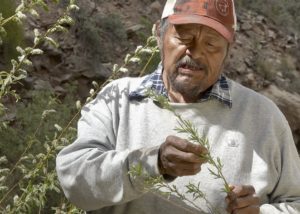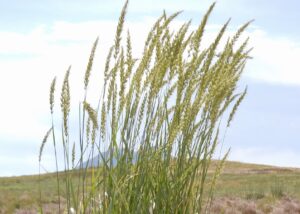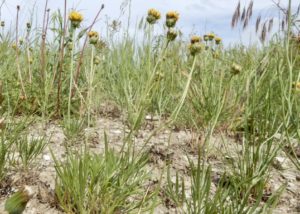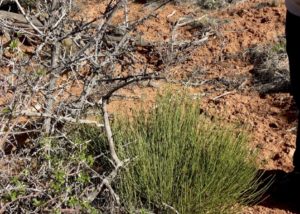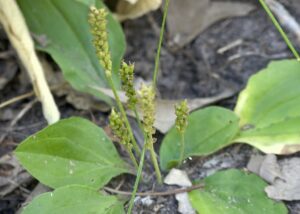Habitat
RiparianPlant Uses
anti-inflammatory, headache, pain reliefVideo Presenter
John Mionczynski and Grant Bulltail (Crow)Willow
There are many species of willows. They were commonly used by indigenous people for many building and craft constructions such as sweat lodges, fish weirs, bullboat frames, sitting mats, sleeping mats, and structures to hold children onto a travois. Split willow sticks were used for basket frames. Willows have a flexible wood that is easily bent or split when freshly cut but dries hard and resilient.
The bark of some willows was a favorite basket weaving material for many tribes and also used to tie bundles of grass thatching or food plants or even to tie poultices on to fingers or limbs.
Medicinally, the inner bark (the moist, green inner portion of bark separated from the protective dry outer bark) is put into open wounds as an astringent anodyne (pain reliever).
The dried crushed inner bark is boiled and the tea used for colds, fever, arthritis, mouth sores, toothache, and general aches and pains.
The active chemical principle called salicin (named for the genus Salix) is the basis of modern day aspirin tablets used for the same purpose … an analgesic.

